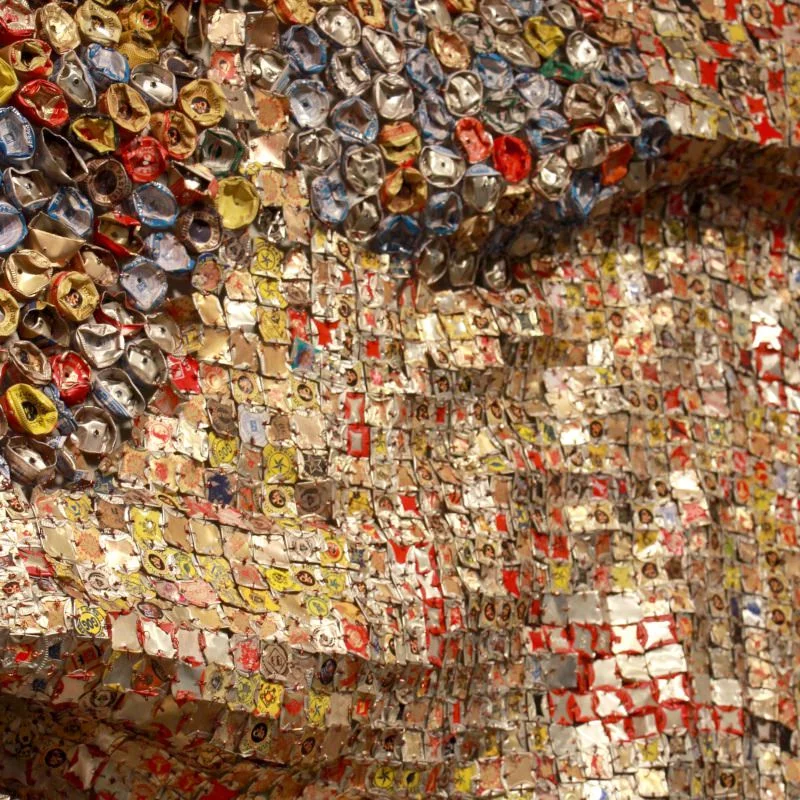Contemporary African art covers works created during the post-independence era by African artists and the African diaspora. It explores African history and cultural heritage. It is not defined by a specific style, method, or topic, but rather by embracing and expanding upon the frameworks of previous precolonial and colonial genres.
The Origins of Contemporary African Art
Colonialism was flourishing in Africa in the 19th and early 20th century. In 1930s, Negritude, an anti-colonial political and cultural movement was formed in Paris, aiming to raise awareness of blackness and African culture. Aimé Césaire, Léon Damas, and Léopold Senghor launched the revolutionary movement with the help of writers from Harlem Renaissance and other black artists in the city’s free and receptive cultural atmosphere.
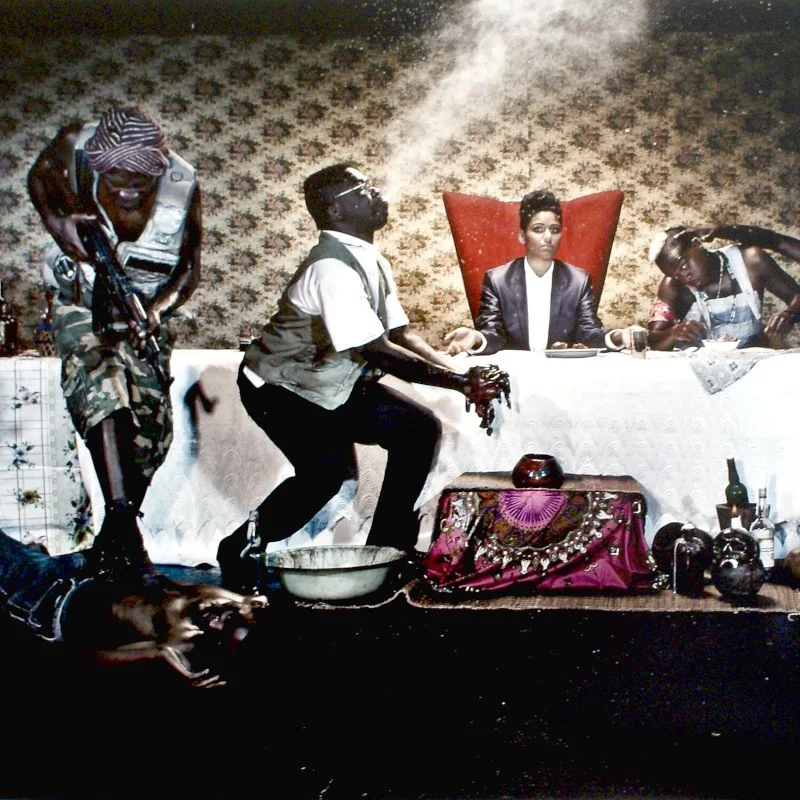
Jean-Hubert Martin’s exhibition Magiciens de la Terre in 1989 was essential for expanding the global presence of contemporary African art. Martin aimed to break the general practice of displaying art only from Europe and America. The exhibition that took place in Paris showcased works of contemporary African artists such as Seni Camara from Senegal, Frédéric Bruly Bouabré from the Republic of Côte d’Ivoire, and Nigerian Mike Chukwukelu.
Contemporary African Art’s Rise to the Global Stage
Exhibitions such as Magiciens de la Terre, Seven Stories About Modern Africa (1995, London), Africa Remix (2004, Düsseldorf), and Flow (2008, New York) boosted the visibility of contemporary African artists and progressed the discussion regarding contemporary African art.
Meanwhile in Africa, Dak’Art Biennial, Cairo Biennial, and Johannesburg Biennial have become prominent local stages with global reach for contemporary African artists. Art organizations such as the Zoma Contemporary Art Center in Addis Ababa, Center for Contemporary Art in Lagos, and the Alexandria Contemporary Art Forum in Alexandria as well as art market magnets such as the Johannesburg Art Fair, Arthouse Contemporary in Lagos, and an emerging network of galleries have also helped put Africa on the global contemporary art map.
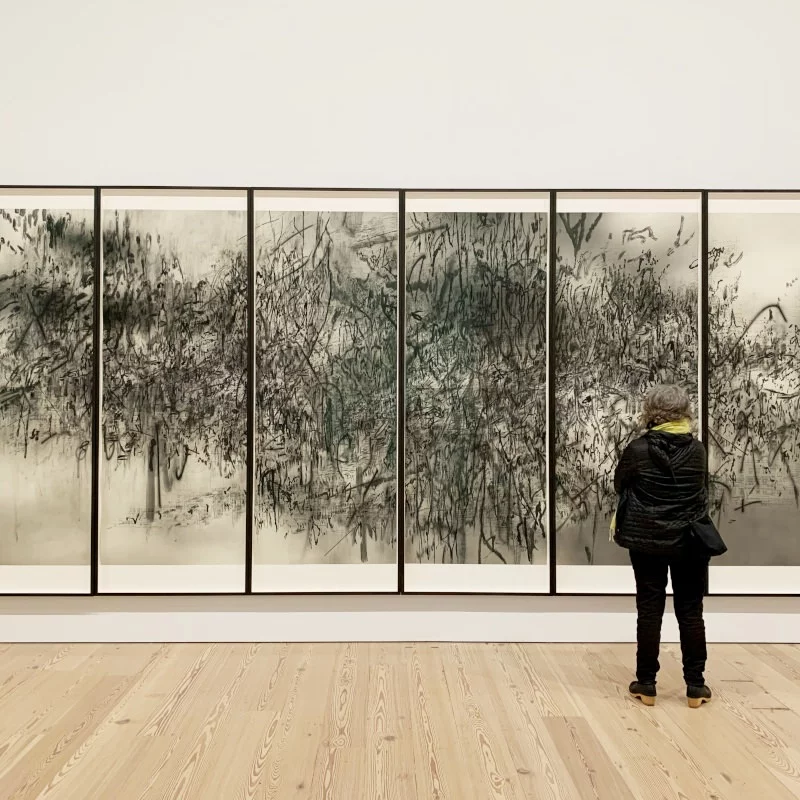
Efforts by African artists and curators such as Meskerem Assegued from Addis Ababa, Bisi Silva from Lagos, Mona Marzouk from Alexandria, and Koyo Kouoh from Dakar were influential in the growth and development of contemporary African art. When Okwui Enwezor, a Nigerian artist, was selected Documenta 11‘s creative director, it took contemporary African artists to new heights.
In 2007, the first official African Pavilion was formed as a special section at the Venice Biennale. The pavilion displayed 500 works by 140 artists from 28 African countries, all works lent from the Sindika Dokolo collection. In the following years, worldwide recognition from the Biennale has fueled solo shows overseas such as the Ghanaian contemporary sculpture artist El Anatsui’s 2013 exhibition at the Brooklyn Museum.
Prominent Contemporary African Artists
Tracey Rose
Tracey Rose (born 1974) is one of South Africa’s most prolific contemporary artists. She uses photography, video installations, and performance as a vehicle to address issues of gender and racism. Rose has also used self-portraiture to showcase her body and body hair to produce a feminist and controversial work that conveys diverse aspects of her homeland. Her art has been shown worldwide, including at the Venice Biennale.
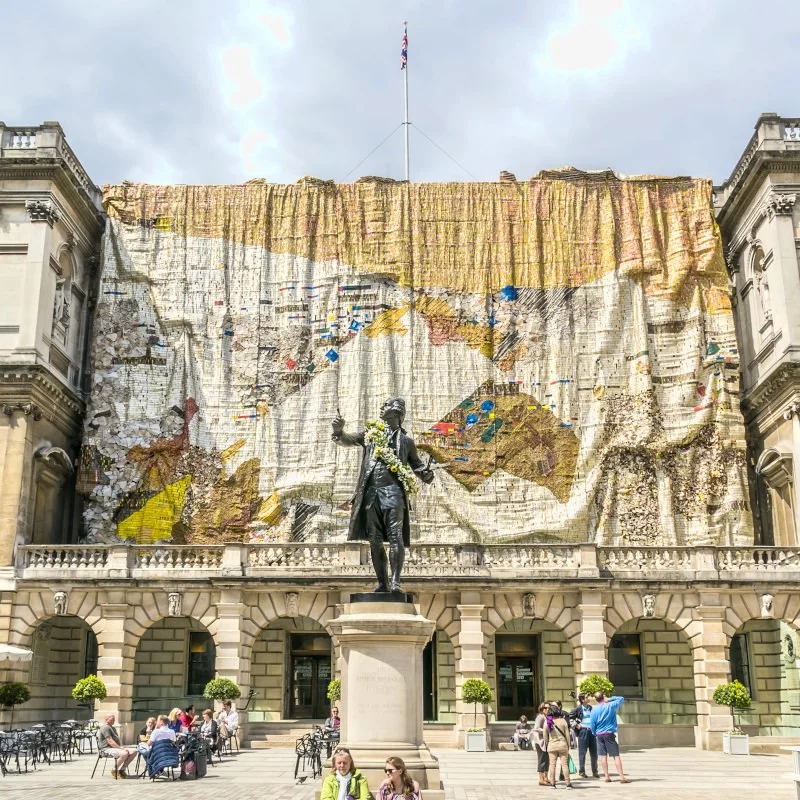
El Anatsui
El Anatsui (born 1944) is a Ghanaian sculptor who uses his work to represent Ghana’s traditional beliefs and historical truths. He works with various materials including clay and wood to create beautiful objects with tremendous aesthetic effect. El Anatsui rose to worldwide prominence by converting millions of bottle caps into massive illuminated sculptures covering major European institutions such as the Arsenale in Venice and the Alte Nationalgalerie in Berlin.
Julie Mehretu
Julie Mehretu (born 1970) is an Ethiopia-born American artist recognized for her constructivism, geometric abstraction, and futuristic works. She creates large-scale drawings and paintings by mainly using acrylic paint and ink. Her paintings depict the fast-paced urban growth of today’s world. Mehretu attempts to build a metaphoric, tectonic vision of structural history while also imagining universes based on real-world circumstances.
Kudzanai Chiurai
Kudzanai Chiurai (born 1981) is a Zimbabwean political artist. His controversial paintings of Zimbabwean President Robert Mugabe forced him to flee. His bold and captivating mixed media artworks, which comprise paintings, drawings, video, and photography, address xenophobia and democracy, economic crises, and the political impact on his country. Chiurai also creates outdoor installations using spray paint and stencils that state Zimbabwe’s oppressive condition.
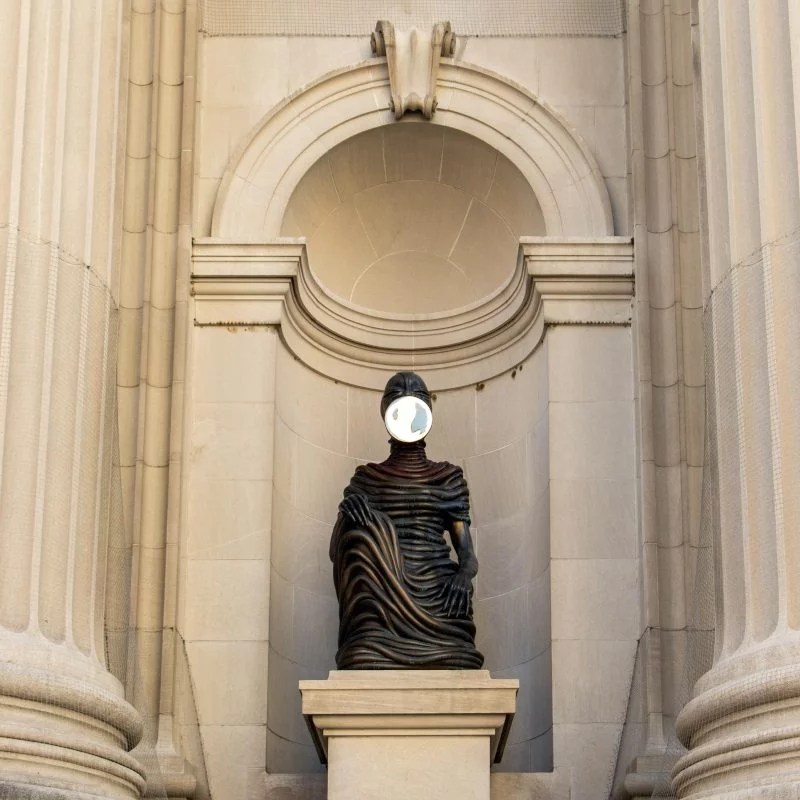
Wangechi Mutu
Wangechi Mutu (born 1970) is a Kenyan artist known for his Afro-futurist work. She focuses on a variety of postcolonial issues. She adds ink, acrylic, occasionally glitter and pearls on top of images culled from magazines and advertising. Mutu also challenges the hyper sexualization of the female form by creating figures from animal heads, motorcycles, and cervical diagrams.
Jelili Atiku
Jelili Atiku (born 1968) is a Nigerian multimedia artist. He uses performances, installation sculptures, paintings, photography, and video art to promote awareness of freedom and human rights. In his artworks, Atiku has depicted the consequences of crises, human rights violations, conflicts, and wars.
Contemporary African Art’s Impact
Recent improvements in cultural infrastructure, specifically, the foundation of museums and art galleries as well as art fairs in Africa, have shaped the global interest and demand for contemporary African art. Nigeria, Ghana, Senegal, and South Africa have become important art destinations and emerging artists from these nations thrived in the art market.
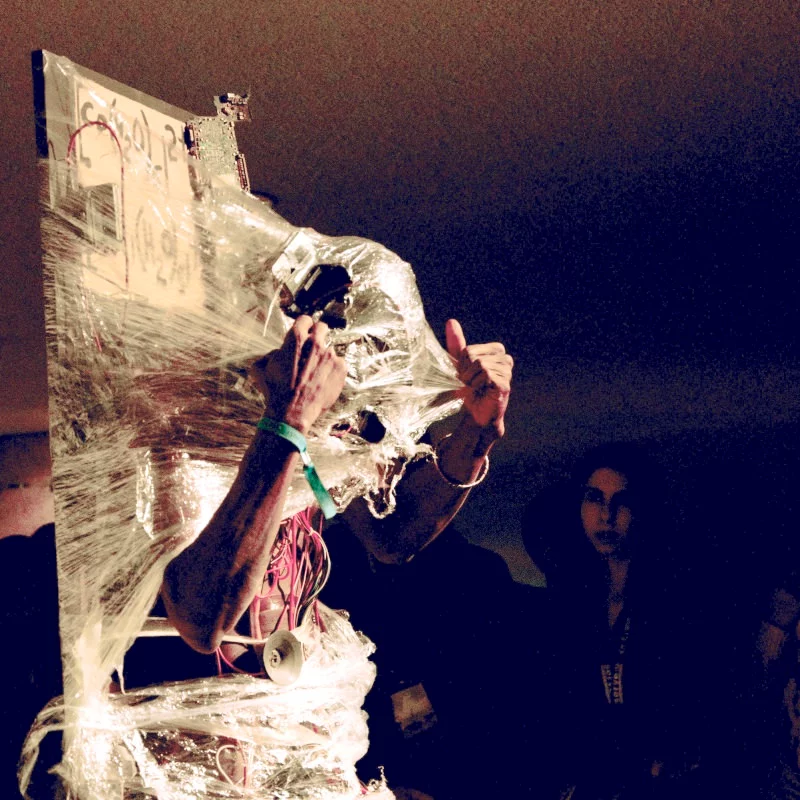
The rise of contemporary African art is here to stay. Global awareness and pride in this rich heritage will continue to flourish as contemporary African artists follow in the footsteps of their predecessors and create works that will be appreciated for generations to come.

